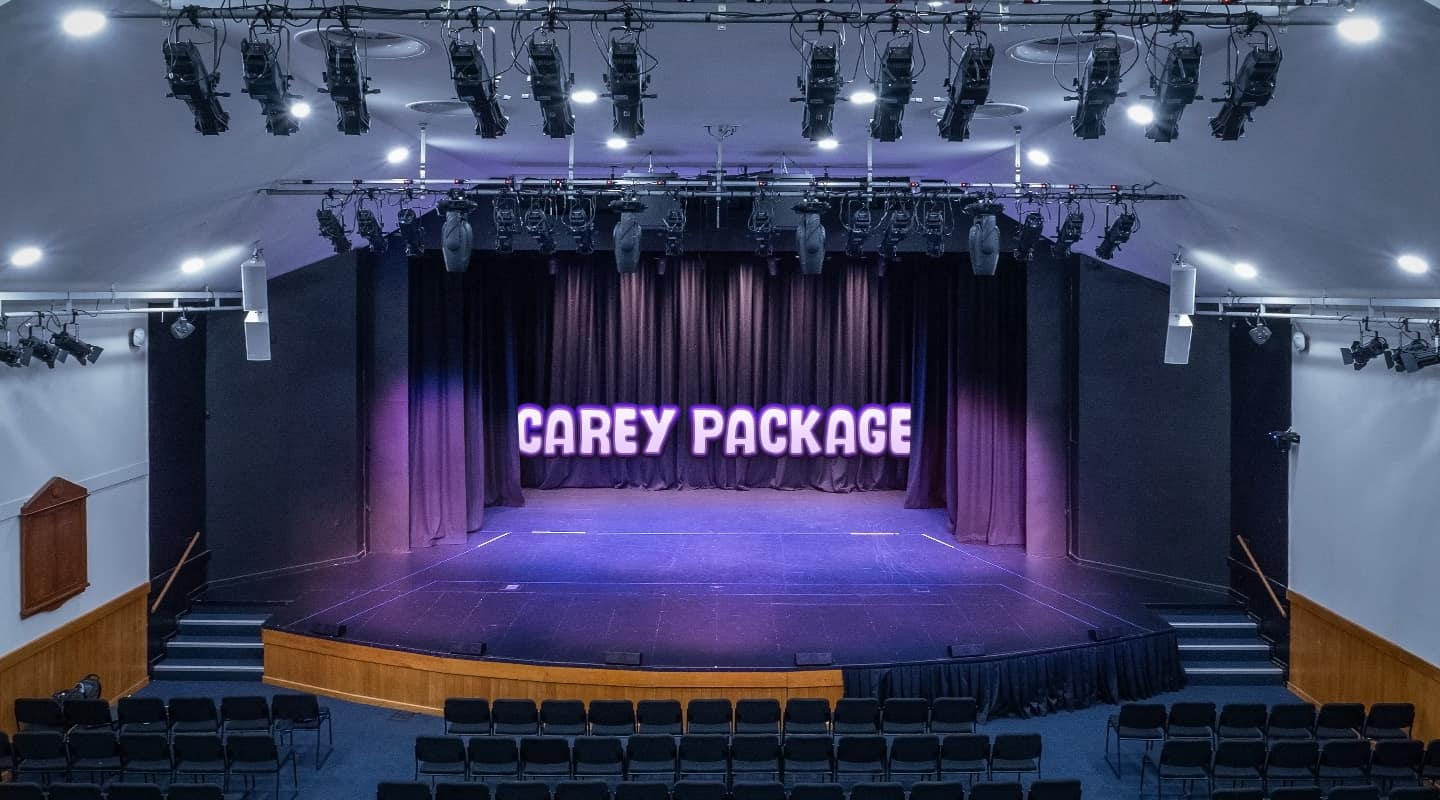
AV Case Study: Carey Grammar Theatre
Audio for Carey Grammar’s theatre has been languishing for decades with poor coverage of a long/narrow room with an extended balcony section. That’s now fixed.
Text:/ Christopher Holder
Credit where it’s due. The guys at Factory Sound, or more specifically, Phil Rowbotham, solved a wicked problem: how to keep front fill versatile without messing with precise positioning (which in turn messes with the system’s time alignment, thus messing with front fill’s true purpose of bringing the audio image down from the ceiling where the front-of-house PA is installed). The solution, like all the best problem solvers, is practical and low-tech — “it’s all stuff you can buy at Bunnings.”
Granted, the rest of the audio design is great ’n’all, but the front fill fix is special. Jono Sinclair, Projects Department Manager at Factory Sound, talks us through it (on behalf of Phil!):
“Front fills are always in the wrong spot; always annoying people. People get frustrated with them, move them, or even break them. Once you start working with d&b and NAS, you’re introduced to their doctrine on how crucial front fills are to any sound system. It’s the No.1 priority they emphasise for good reason. The level of understanding those guys have about system design is certainly at the top end in Australia. Front fills become a major discussion point whenever you talk to them about any system.
“So we knew front fills had to be included in the audio design. They serve an essential purpose—pulling the sound image down, especially for the audience seated at the front. But the school understandably can’t have the front fill speakers in place all the time due to the various activities on stage. So what do you do?
“Traditionally, you can use portable speakers on small stands, plugged into NL4 points on stage. The issue is that even with tape markers, they often get positioned slightly out of place, throwing off the delay lines. Inevitably, the front fills become just another set of speakers blasting sound rather than functioning as intended. They need permanent locations but also need to be removable.
“So we came up with a nifty idea: we designed these small inserts for the stage. To set them up, you simply place them in, and they lock into position. If you don’t need front fill but you’d like to use those speakers as foldback, then you can lift them out of position and put them back facing the stage.
“We built inserts, installed them, and soldered the connections in. The speaker is surface-mounted, connecting to a male TS underneath the stage, forming a secure connection. All the cabling is hidden beneath the stage. It’s simple but, as far as we know, hasn’t been done before.
“What’s also clever is that all the parts are readily available at any hardware store. So if anything gets damaged, spares are easy to come by, and the school can easily replace parts themselves.”
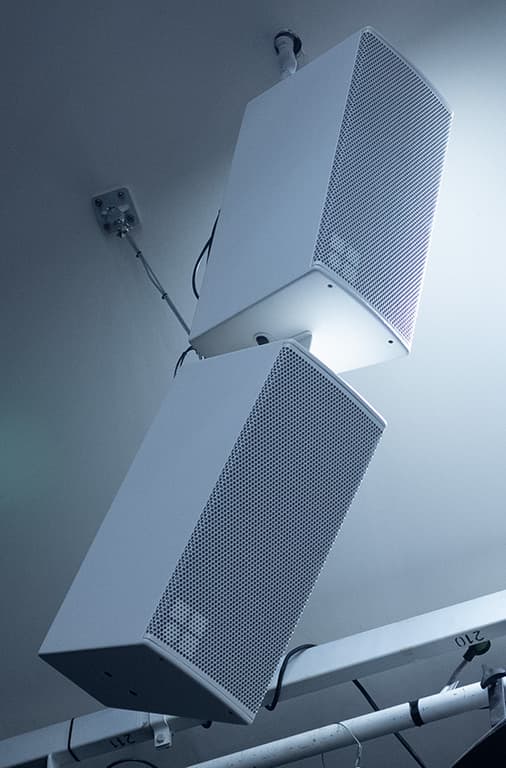
Each side of the FOH system comprises a pair of d&b Y10P loudspeakers.
Factory Sound’s simple yet ingenious solution for keeping front fill flexible while guaranteeing its location.
THE AUDIO SYSTEM
Factory Sound was engaged to design an audio upgrade to Carey Grammar’s theatre, a multi-purpose venue that hosts everything from school assemblies to full-scale musicals. The challenge was clear: maintain audio clarity in a challenging space while making the system user-friendly for both school staff and visiting production teams.
Tim Schwerdt, Theatre Production Coordinator at Carey Grammar, explains the situation before the upgrade: “Before this system was installed, we would hire an audio company for major productions. The in-house system was largely ignored because it didn’t deliver the required performance. Upstairs had always been a problem. Audience members would regularly comment that the sound wasn’t great up there, but there was little we could do. Since installing the new system, those complaints have disappeared, and the results have exceeded expectations.”
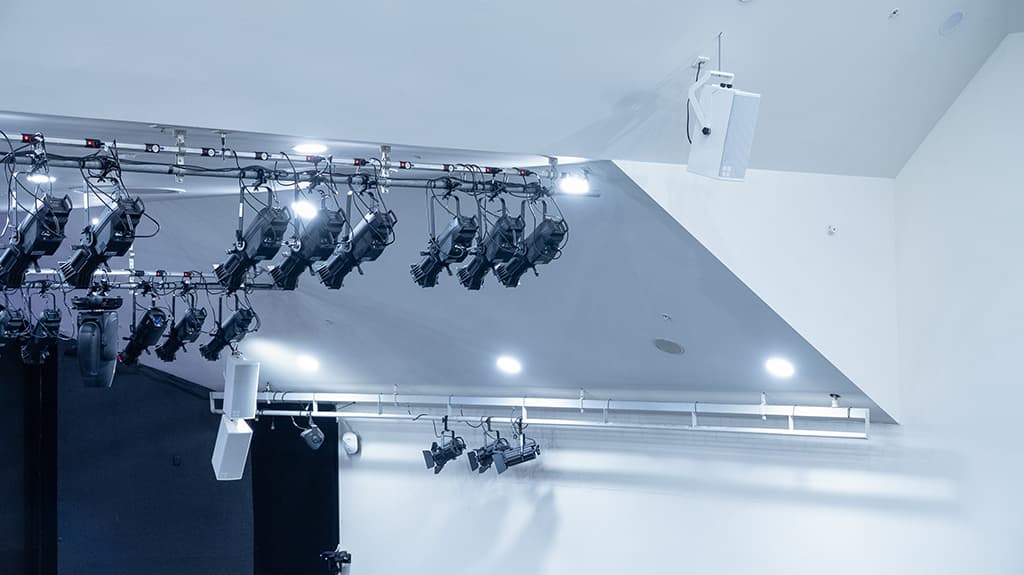
Shot showing the FOH d&b Y1oP pair of loudspeakers with a single Y10P as the first row of balcony delays.
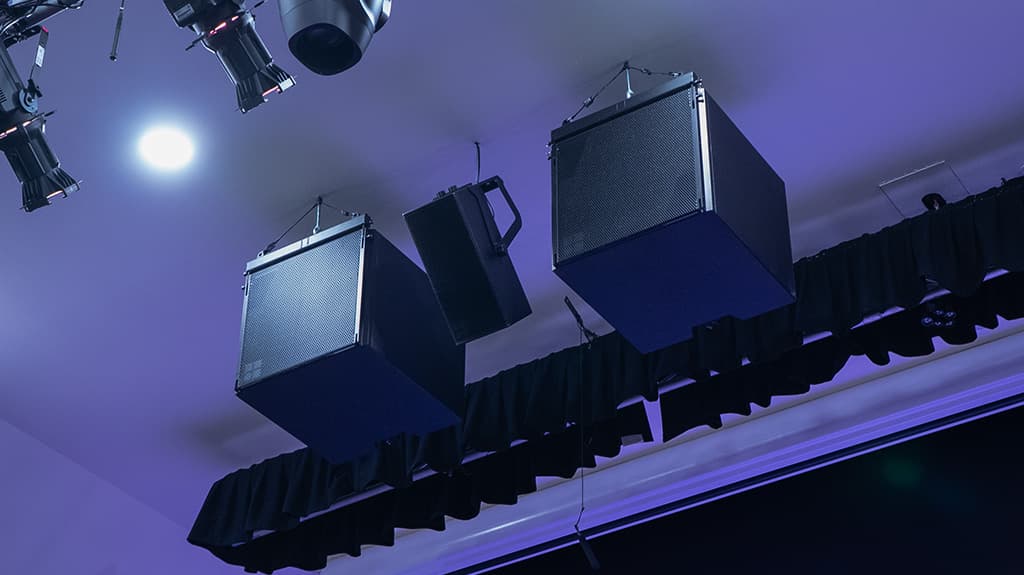
A d&b Y10P as front fill along with a pair of flown d&b V Subs.
POINT SOURCE V LINE ARRAY
A key design decision was to opt for d&b Y-Series point source loudspeakers instead of a line array. Sure, line arrays are common in theatre spaces, but Carey Grammar’s venue is particularly long and narrow, plus it has a glass balcony front – a no-go audio zone. Jono explains:
“The technical consultant was against using a line array, and we agreed. The glass balcony was a key factor — it would have caused significant reflection issues. Additionally, the room’s geometry isn’t well suited to traditional line array – it’s quite narrow and long. Instead, we designed an LCR system with two lines of delay speakers (a pair of d&b Y-Series followed by a line of compact 44S loudspeakers addressing the top eight rows of seating in the balcony) to ensure even coverage across all seating areas.”
The system includes a pair of d&b Y-Series point-source speakers in a vertical splay for left and right coverage. A Y-Series speaker in the centre acts as an image fill rather than a traditional centre cluster. A pair of flown d&b V-Subs provide low-frequency reinforcement, with their cardioid design naturally rejecting sound to the rear, reducing stage spill without requiring additional backward-facing subs.
“”
When external engineers come in, they immediately recognise the d&b setup and feel comfortable working with it

DESIGNING FOR FLEXIBILITY
For the school, the priority was ensuring that whatever happens after hours — whether it’s a musical, a seminar, or an external production — the system remains intact and ready to go for school assemblies in the morning. Jono explains how they ensured this:
“The school needed a system where teachers could walk in, press a button, and use it for assemblies or conferences, while also allowing external production teams to operate it for events. To achieve this, we had to ensure that the PA system and the general AV system remained separate.
“Q-SYS operates at 48kHz, which can be a pain point for professionals using digital consoles. We wanted to keep Q-SYS handling automation without routing the front-of-house PA through its audio engine, ensuring the PA remained unaffected during system maintenance.”
The solution? Digico 4REA4. The 4REA4 hardware features easy to operate buttons on the front panel. Everyday mode runs audio through Q-SYS for guaranteed easily-managed day-to-day operation. Meanwhile, alternate modes kick the 4ARE4 into MADI or AES, bypasses Q-SYS, and allows a visiting audio pro with their favourite console to plumb into the system.
Tim explains: “Jono’s recommendation of the 4REA4 made perfect sense. The key benefit was keeping production and school AV operations separate. Drama teachers can now operate the system confidently after a 10-minute introduction. They can connect a compact analogue mixer, plug in a laptop, and play audio effortlessly.”
Jono adds: “We wanted to keep production teams happy while preventing them from altering the school’s AV setup. A common issue in schools is that after an external production, the system is left in a non-functional state until a technician restores it. This disrupts school events and creates frustration, especially when the next event is something crucial like an information night.”
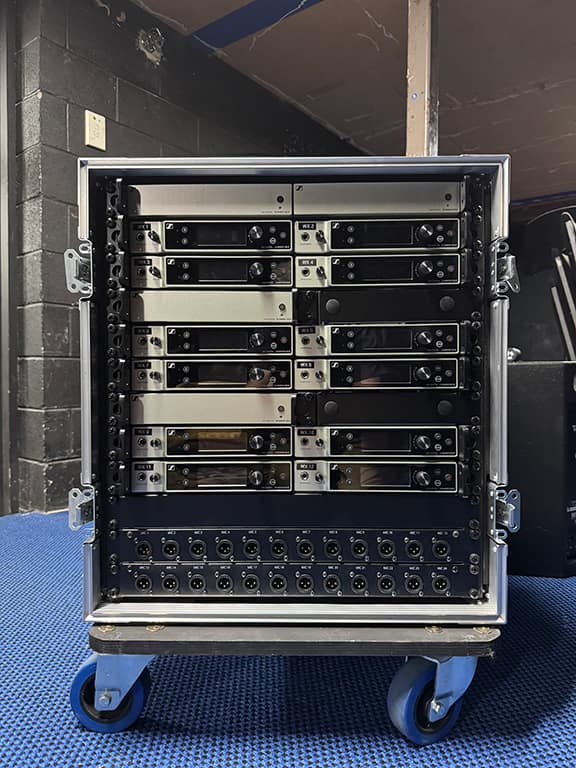
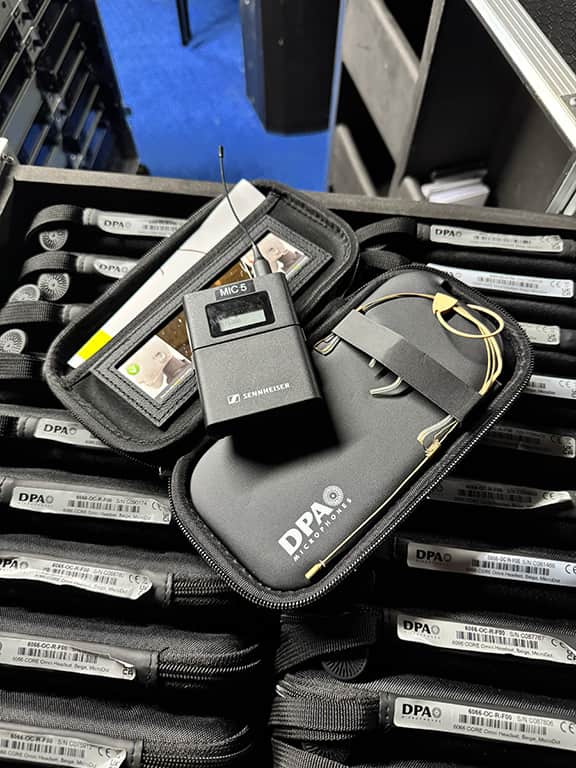
Part of the audio upgrade saw Carey Grammar add 24 channels of Sennheiser EW-DX wireless and 24 primo DPA 4066 headsets – luxury! The wireless kit is entirely self contained and in two rolling racks for portability. Each wireless rack runs of one power cord and, thanks to PoE, there’s no need for 24 power packs for the receivers.
SHOW TIME
The transformation has been profound. Tim notes: “From a production standpoint, the system is now on par with industry-standard venues like Hamer Hall and the Sydney Opera House where I regularly work. When external engineers come in, they immediately recognise the d&b setup and feel comfortable working with it.”
For Carey Grammar, the upgrade means no more scrambling to fix audio issues before an event. The balance between flexibility for productions and reliability for school operations has been perfectly struck, making this project a textbook example of how a well-designed audio system can serve multiple purposes without compromise.
Factory Sound: factorysound.com
NAS (d&b): nas.solutions

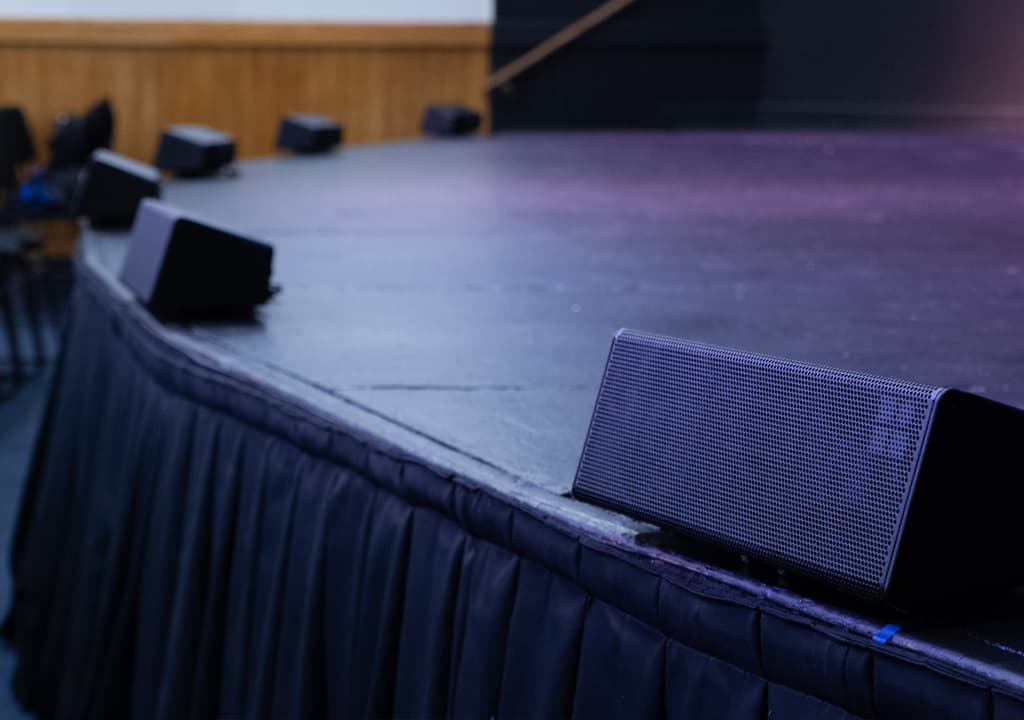
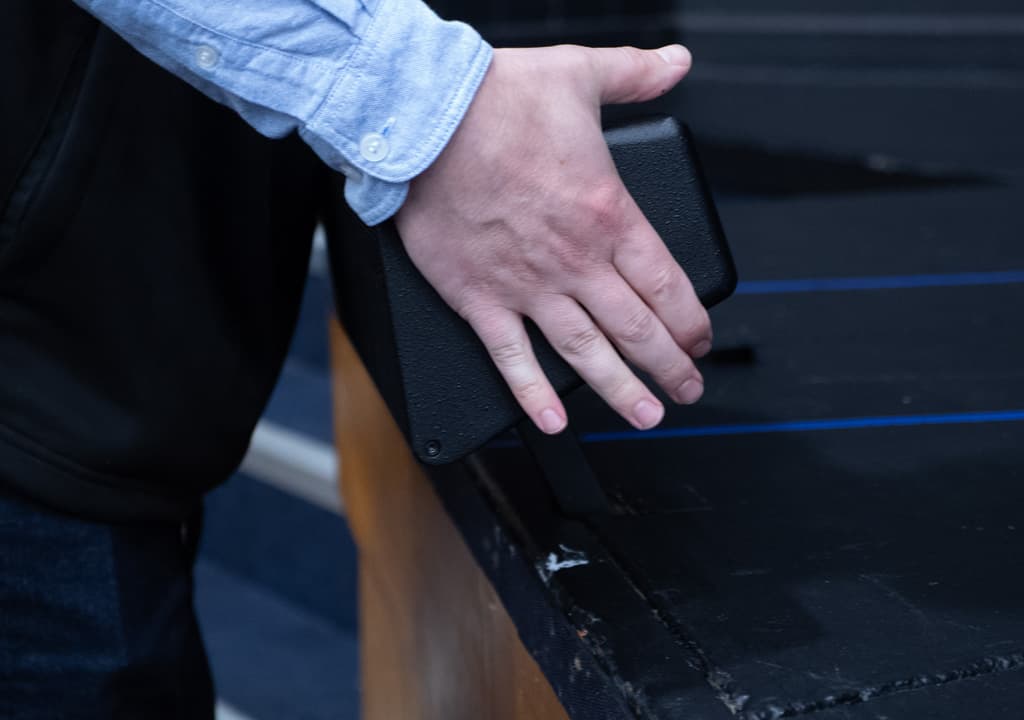
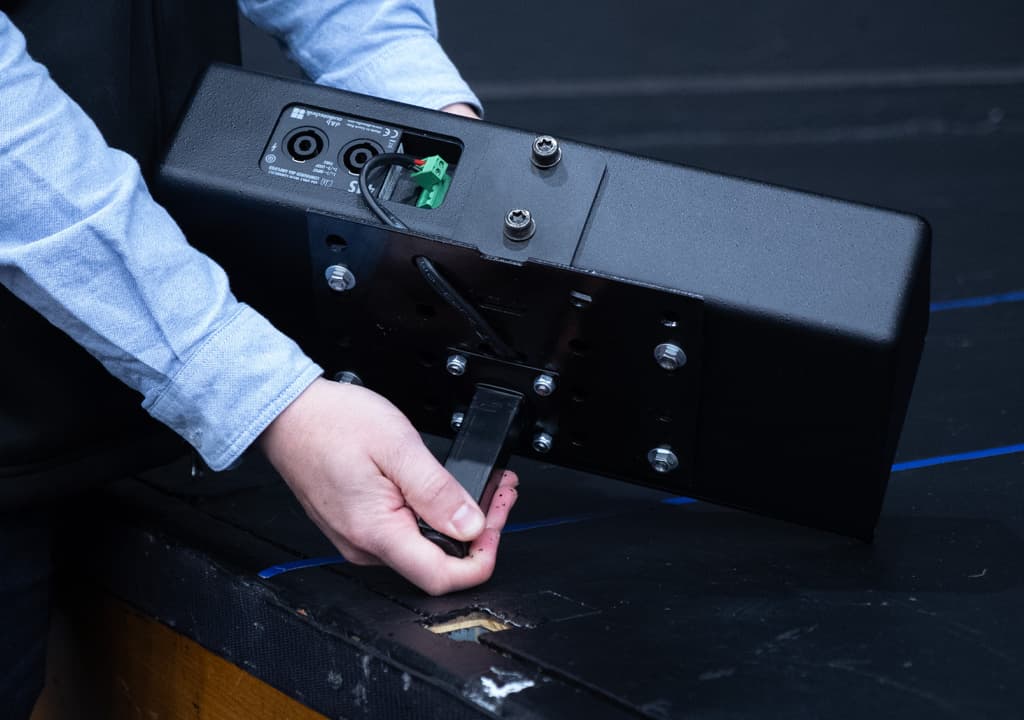
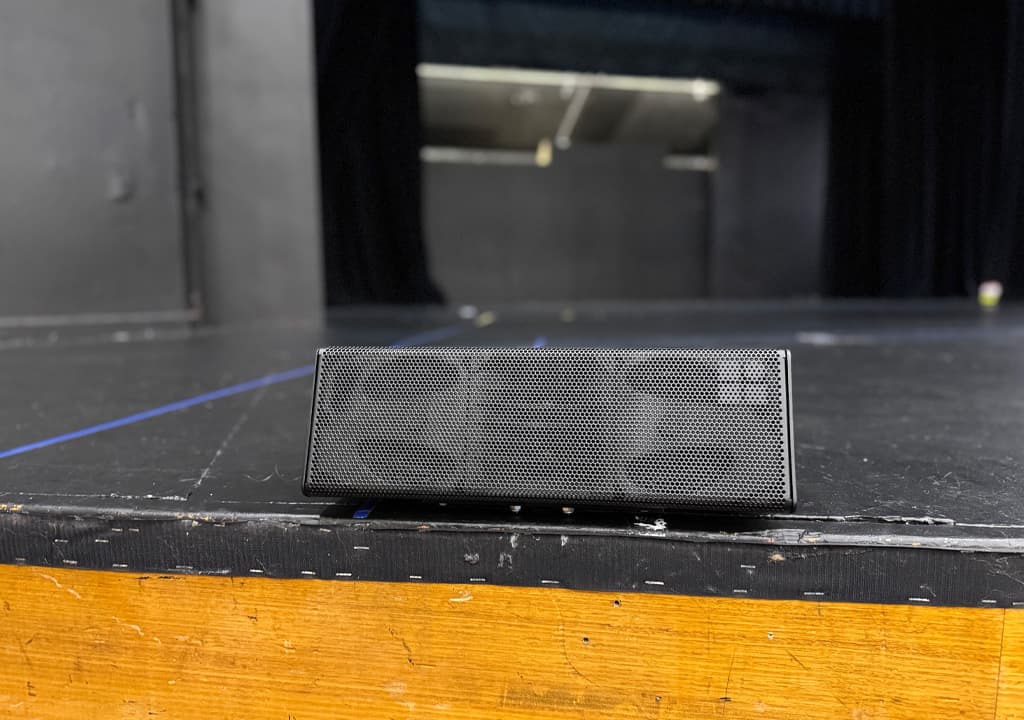
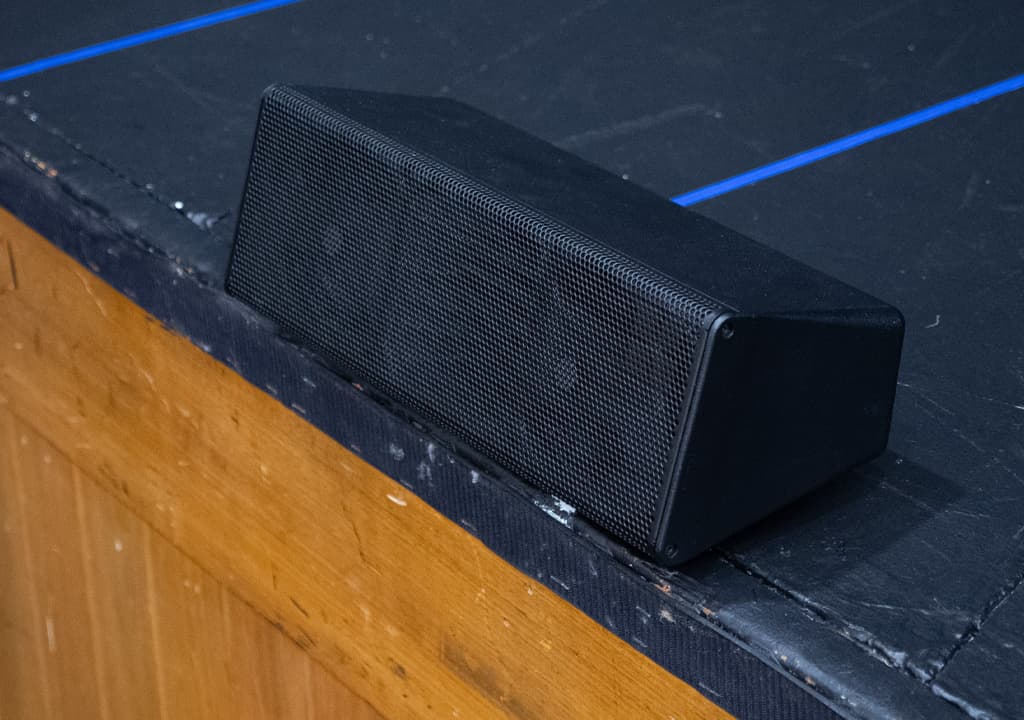


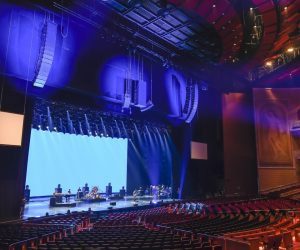

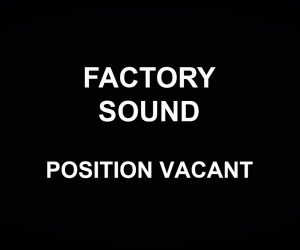



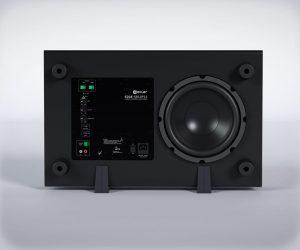





RESPONSES